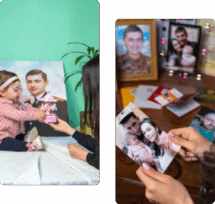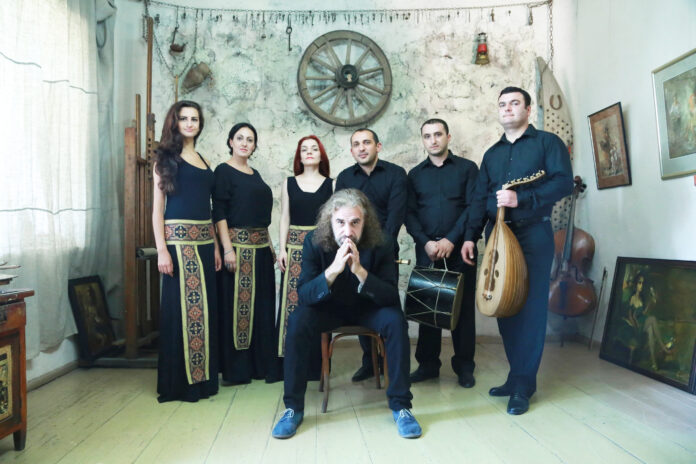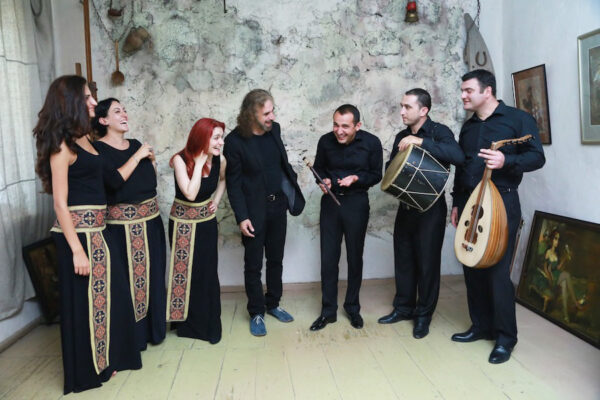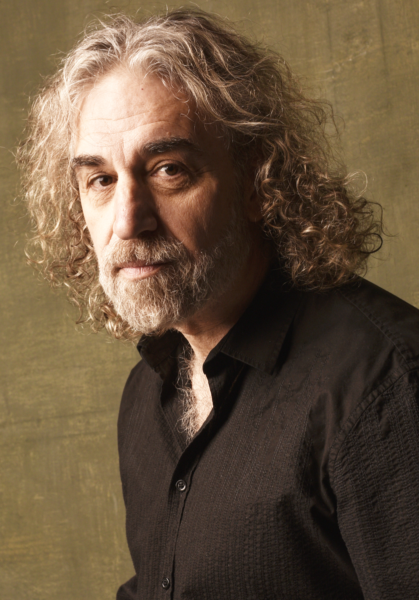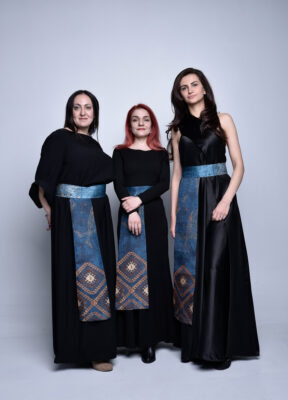YEREVAN — The Naghash Ensemble of Armenia for the first time is embarking on a North American tour and that is indeed a cause for celebration.
The ensemble’s music is hard to define: it is unmistakably Armenian and yet, it fits squarely in world music. It is religious and mystical and yet modern. It has the intimacy of folk music and the grandeur of Bach.
The Yerevan-based group is the brainchild of prolific composer and pianist John Hodian, a native of Philadelphia, who moved to Armenia in 2005. He has written music for the poems of the 15th-century poet, Mkrtich Naghash, performed by three vocalists as well as musicians playing dhol, duduk and oud, and himself on piano.
“Normally we tour in Europe. It’s the only place we have toured,” Hodian said in an interview this week from his Yerevan home.
The Naghash Ensemble is composed of Hasmik Baghdasaryan (soprano), Tatevik Movsesyan (soprano), Arpine Ter-Petrosyan (alto), Harutyun Chkolyan (duduk), Aramayis Nikoghosyan (oud), Tigran Hovhannisyan (dhol) and Hodian (piano/composer).
Baghdasaryan is the singer whose voice was the impetus for Hodian forming the group. Hodian has said that he heard Baghdasaryan perform at the pagan temple of Garni in 2005, when he moved to Armenia, and was immediately captivated. He decided to create a project which would incorporate her voice.
